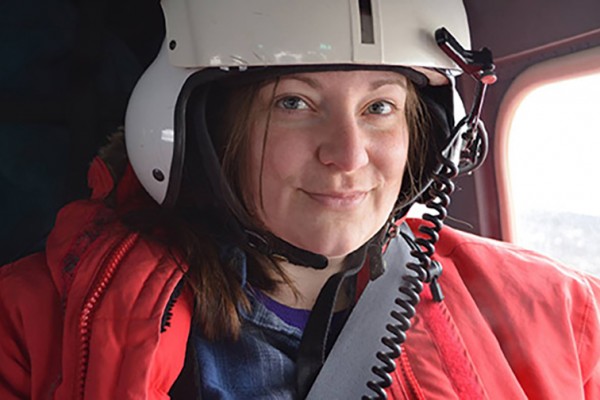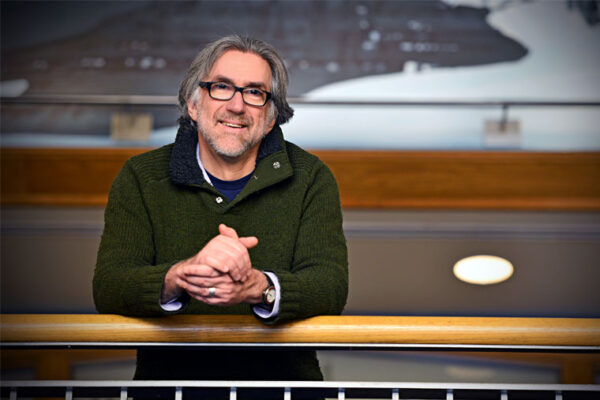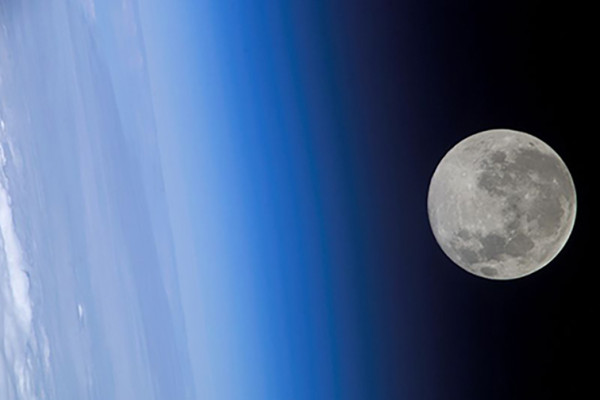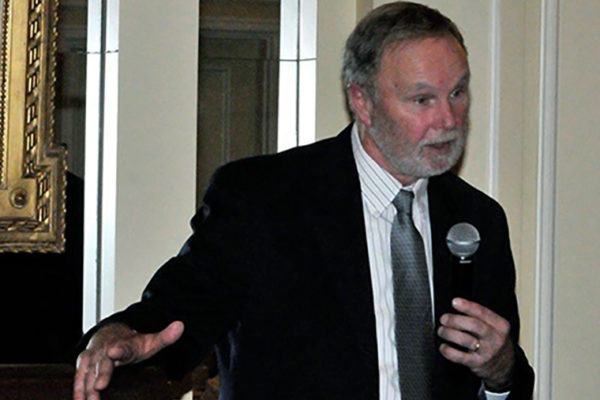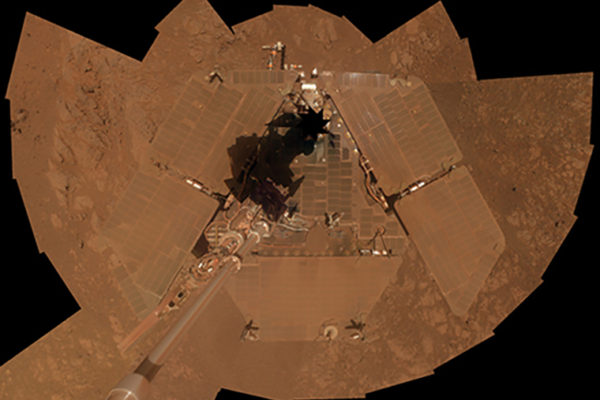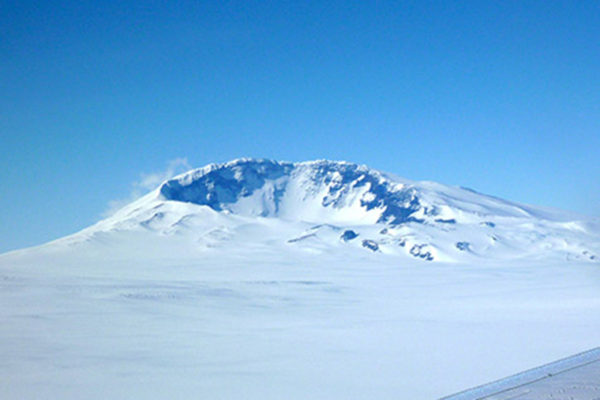As the heat of summer settles on St. Louis, here’s a gust of cold air from Antarctica
Washington University in St. Louis postdoctoral research associate Aubreya Adams went to Antarctica in January and February 2014 to help with routine maintenance of seismic stations on the West Antarctic ice shelf. But nothing in the southern continent is ever routine. In her short stay, she experienced extreme weather, saw a rare mirage, visited bizarre ice vents on the volcanic Mount Erebes and saw first hand the effects of the warming that recently made front page news in The New York Times.
A Q&A with planetary scientist Bill McKinnon
Bill McKinnon, PhD, professor of earth and planetary
sciences at Washington University in St. Louis, lists as his top research
interests the icy satellites of the outer solar system and the physics of
impact cratering. But he isn’t picky. If anything unusual and exciting is going
on anywhere in the solar system, he wants to know about it.
What’s so hard about counting craters?
The journal Icarus published a study this month that compared lunar crater counts by eight professionals with crowdsourced counts by volunteers. The professional crater counts varied by as much as a factor of two. Two of the professionals, both planetary scientists at Washington University in St. Louis, explain why they weren’t surprised.
Earth and moon’s origins are topic of 2014 McDonnell Distinguished Lecture
The McDonnell Distinguished Lecture this year will describe current understanding of the formation of the solar system, particularly its mix of rocky planets, gas giants and icy planets. The part of the story we have not nailed down, says speaker Alex N. Halliday, PhD, of Oxford University, is the origin of Earth’s moon. The lecture, which takes place at 7 p.m. Wednesday, March 5, in Whitaker Hall, Room 100, is free and open to the public.
Putting the squeeze on rocks
WUSTL geologist Philip Skemer has built a custom-made rock-formation appartus that traps a rock sample between tungsten carbide anvils about a
quarter inch in diameter within a 100-ton hydraulic press and then twists the sample slowly from below. His target pressure is six giga-pascals, the pressure 250 kilometers down, to
the base of the tectonic plates. He will use the apparatus to determine through experiment the mechanisms that lead mantle rocks to flow, dragging the tectonic plates with them.
Skemer will use NSF CAREER award to understand rock flow in Earth’s mantle
Philip Skemer, PhD, assistant professor in the department of earth and planetary science in Arts & Sciences at Washington University in St. Louis, has won a prestigious Faculty Early Career Development Award (CAREER award) from the National Science Foundation. He will use the award for a series of experiments in which rock samples will be deformed at the extreme temperatures and pressures they encounter along the boundaries where plates collide.
Happy 10th anniversary Opportunity!
Ten years ago, on Jan. 24, 2004, the Opportunity rover landed on a flat plain in the southern highlands of the planet Mars and rolled into an impact crater scientists didn’t even know existed. In honor of the rover’s 10th anniversary, Ray Arvidson, PhD, deputy principal investigator of the rover mission, recently took an audience on a whirlwind tour of the rover’s decade-long adventures and discoveries.
NASA’s Opportunity at 10: new findings from old rover
In the Jan. 24 edition of the journal Science, Ray Arvidson, PhD, a professor at Washington University in St. Louis and deputy principal investigator of the MER mission to Mars, writes in detail about the discoveries made by the Opportunity rover and how these discoveries have shaped our knowledge of the planet.
The holidays come early for WUSTL scientists
A large wooden crate was delivered to the Compton Hall loading dock last week, direct from Paris. The crate contained a fabulous new instrument that WUSTL scientists say will transform their ability to approach problems in geology, biology, space science, engineering and materials science with new precision. Called the Cameca SIMS ims7f-geo, it is a state-of-the-art secondary ion mass spectrometer, one of only three in the world.
Volcano discovered smoldering under a kilometer of ice in West Antarctica
A temporary seismic array in Marie Byrd Land in West Antarctica recorded two bursts of activity in 2010 and 2011. Careful analysis of the events shows they originate from a subglacial volcano at the leading end of a volcanic mountain chain. The volcano is unlikely to erupt through the kilometer of ice that covers it but it will melt enough ice to change the way the ice in its vicinity flows.
View More Stories
